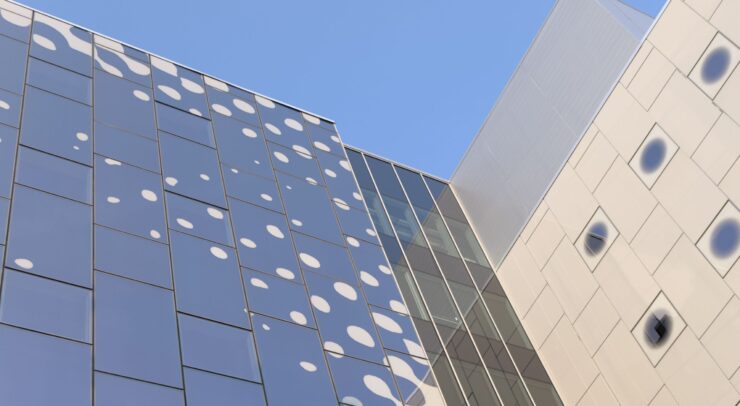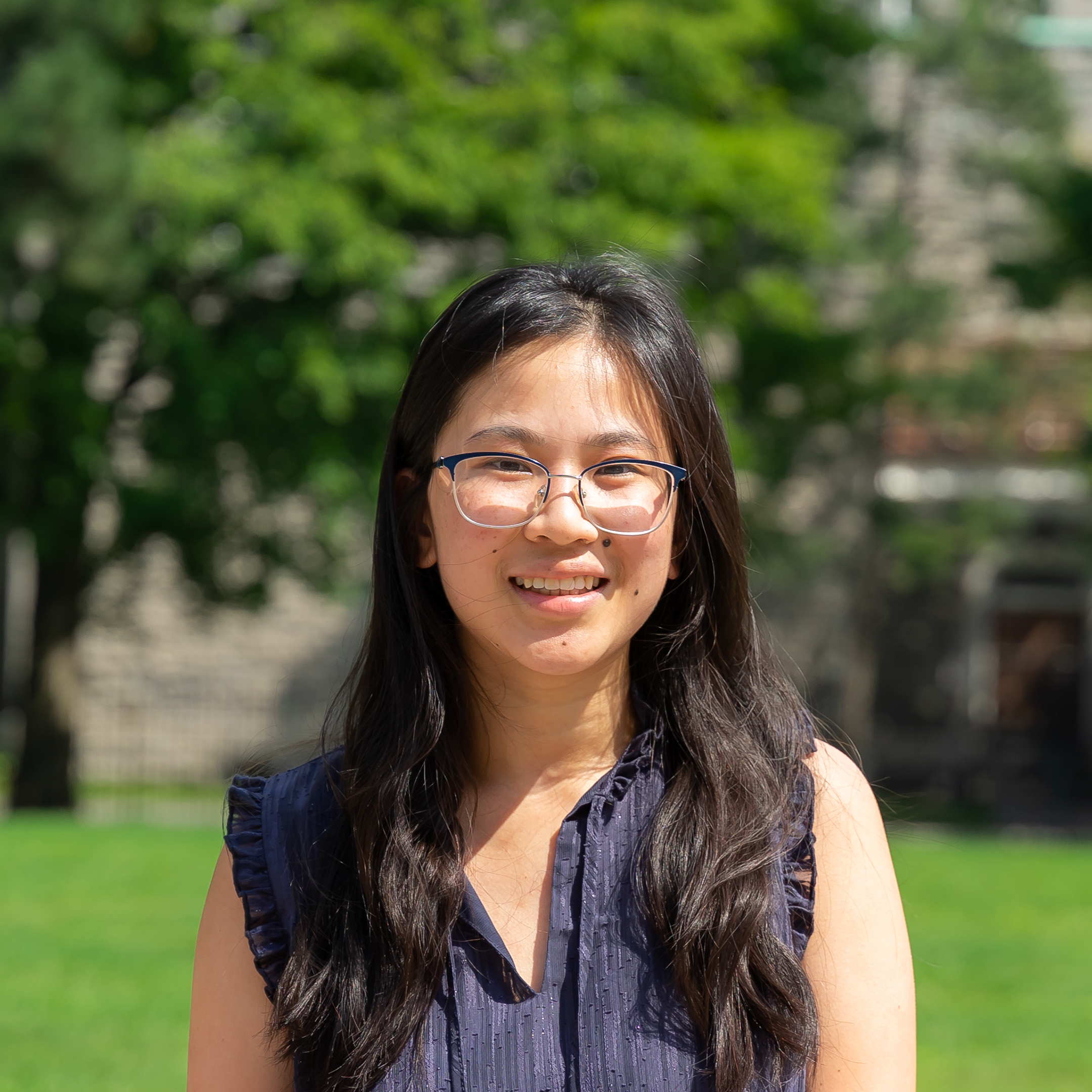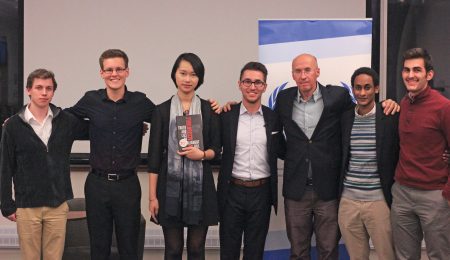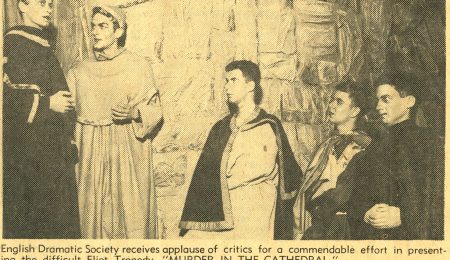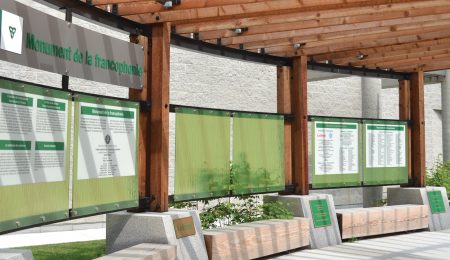Faculty of Science launches uOttawa Alliance Supporting Indigenous Science Students
If you’re a science student here at the University of Ottawa and you check your student email, you likely saw one stating there was a new Indigenous student-centered network.
If you missed that email, don’t worry! The Fulcrum spoke with U of O Professor Jaclyn Brusso and chemistry PhD student Connor Bourgonje who are actively driving this program forward, to discuss the uOttawa Alliance Supporting Indigenous Science Students (uOASISS) in more detail.
How did the program come to fruition?
On Jan. 21, 2021 Brusso took on the role of Vice Dean of equity, diversity, inclusion and professional development in the faculty of science. It was in this role and with fellow faculty members, and later Bourgonje the idea to establish this support for Indigenous science students was born.
Throughout the planning process it became evident to Brusso that, “it was really important to have an Indigenous voice in coming up with the plans of, activities and initiatives that we want to do and so, I give credit to Bourgonje whose really driven the suggestions and helped direct us.”
Bourgonje added, “I bring to this programme, like [Brusso] said, an Indigenous voice which is a rarity in some departments in science, unfortunately. [I’ve noticed] a [number of] barriers that Indigenous people face. I’ve always wanted to get involved in this stuff and I thank [Brusso] for putting me in a position where I can really be an advocate. Since then I’ve spoken at conferences and at National Truth and Reconciliation day at the faculty last year.”
Although Bourgonje had a thorough knowledge of the barriers faced by Indigenous students, the program did not become fully realized until he heard conversations about Indigenous relationships in STEM at the Canadian society of chemistry conference.
What type of support is being provided?
Notably, there already exists a number of support systems in place specific to science students such as, the chemistry, mathematics, and physics help center, as well as the mentoring center, career center, etc. That being said, the Fulcrum felt it important to address the unique offerings uOASSIS provides.
“Well, I think all students will have their own experiences, challenges, and opportunities while at the university. Based on anecdotal evidence and conversation, we have had Indigenous students in the Faculty of Science, but they don’t participate in or take advantage of some of the services that are available,” explained Brusso. Thus, our hope for this network is so that we can bring this awareness and incorporate it into the services that are already available.”
According to Brusso, there are a multitude of resources available through the Indigenous Resource Centre, however, students either don’t know about them or are not comfortable using them. The reasoning still remains unclear to her, nonetheless, uOASSIS wants to highlight what is available to students in the faculty of science in order to minimize those barriers.
Bourgonje added, “it’s important that the program is focused on improving the success of Indigenous scientists. We want this to really belong to the students, which is something that you don’t necessarily get in say a broad mentorship programme.”
“What we’ve heard (and there’s research on this) is that a lot of students from Indigenous backgrounds feel isolated, and they don’t feel a sense of community at the university campus. And this is true across the country. Thus creating a community where they can talk to each other and feel welcome, as well as building something that suits their specific needs is an integral part of the program.”
Similar to the mentoring center, uOASSIS is looking to connect first-year Indigenous students with upper-year undergraduate students, graduate students, and even post-doctoral students in this network in order to support each other as they progress through their degrees.
Most importantly, “we want to talk to students to see what their needs are instead of trying to guess or tell them what they need. So right now, we’re in this dynamic space where the program can adapt to specific needs,” said Bourgonje.
The future
When asked what the future for Indigenous science students could look like Bourgonje responded, “I want to see a future where Indigenous students feel like they are welcome and are an integral part of our research programmes. I want to see Indigenous students feeling that they have an equal chance to succeed in their degree, I want to see Indigenous students getting meaningful careers, where they feel that the university helped them instead of hindering them.”
He continued, “in five years, I would love it if I came back to Ottawa and saw this thriving community in the science faculty. Where Indigenous students have ownership over uOASSIS and it’s able to self-sustain itself so that more students can continue to benefit.”

